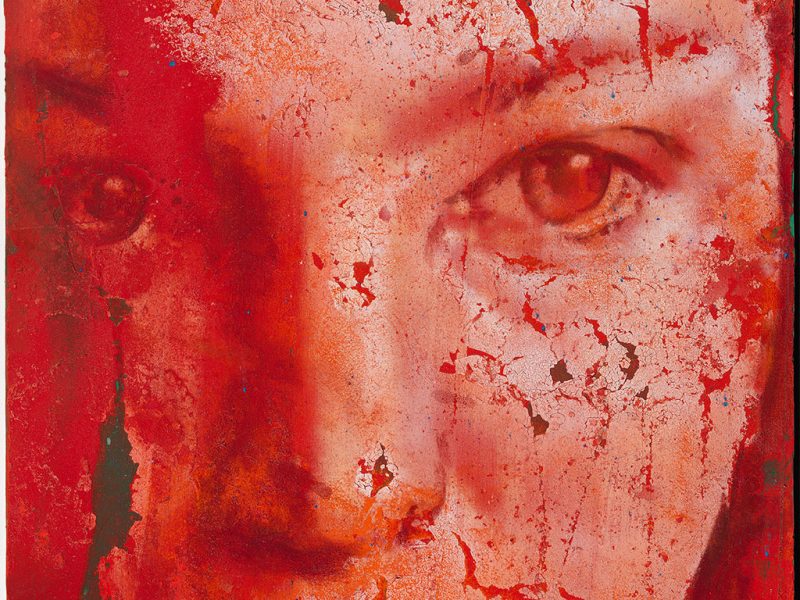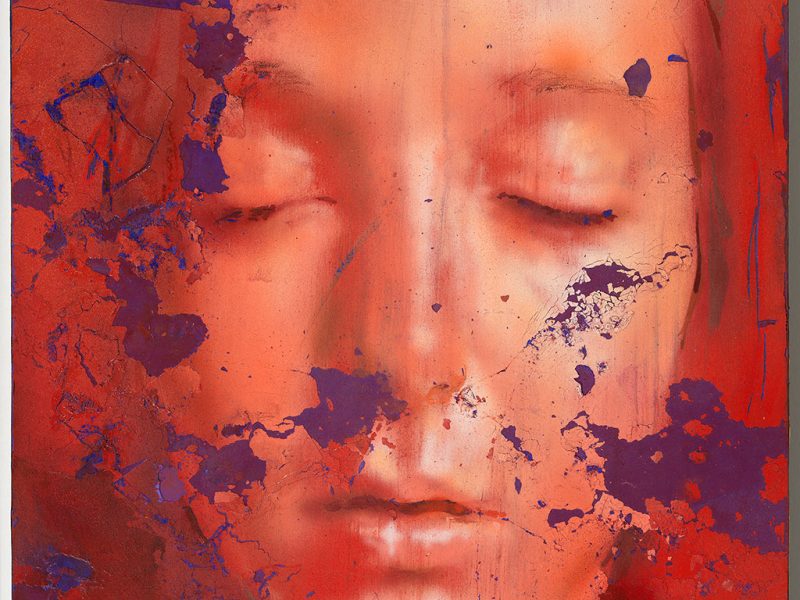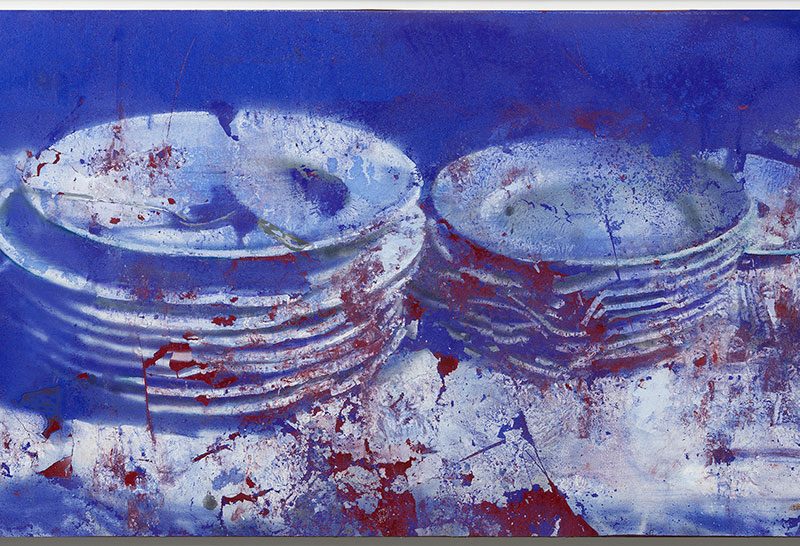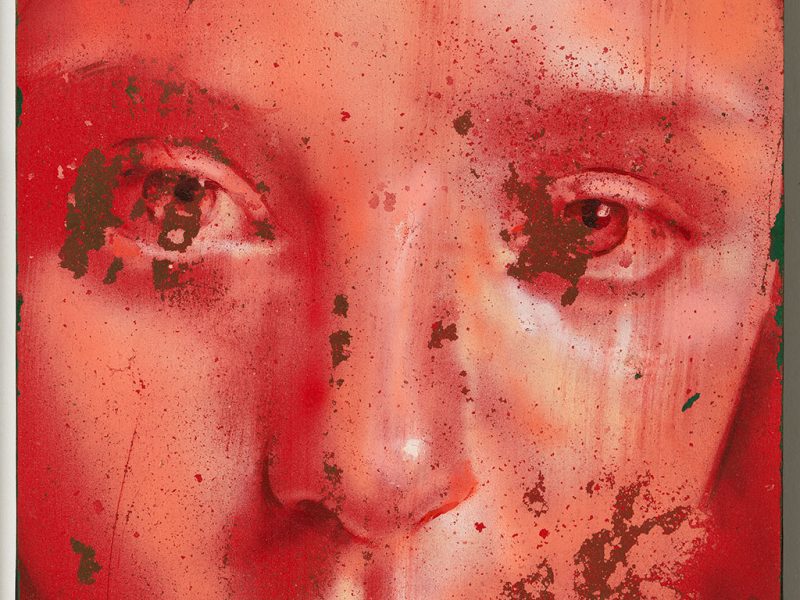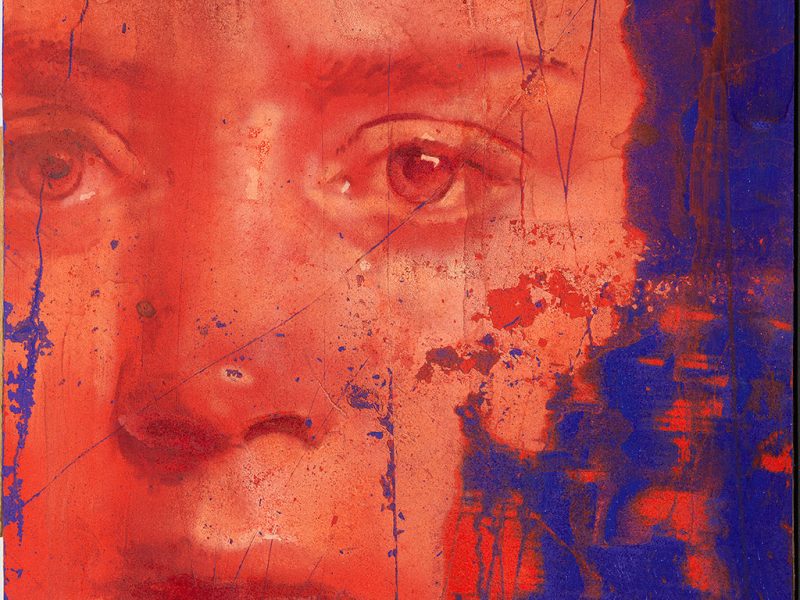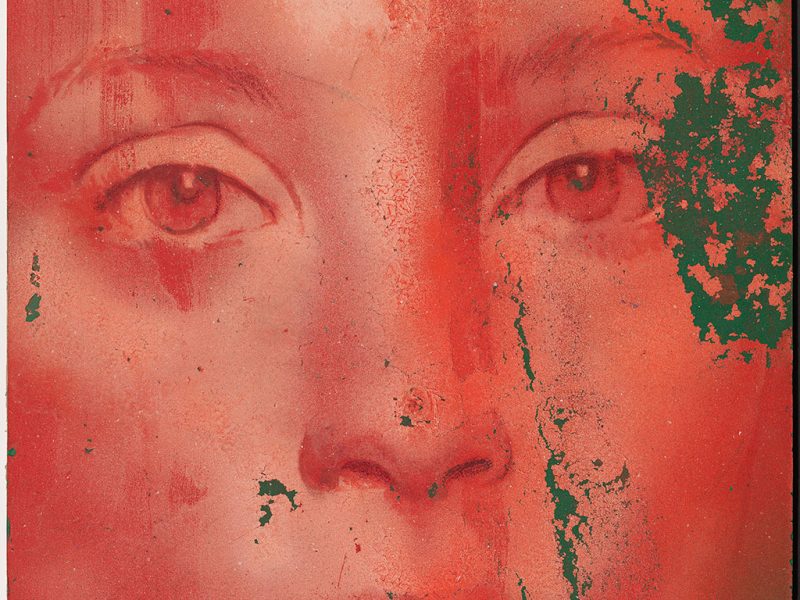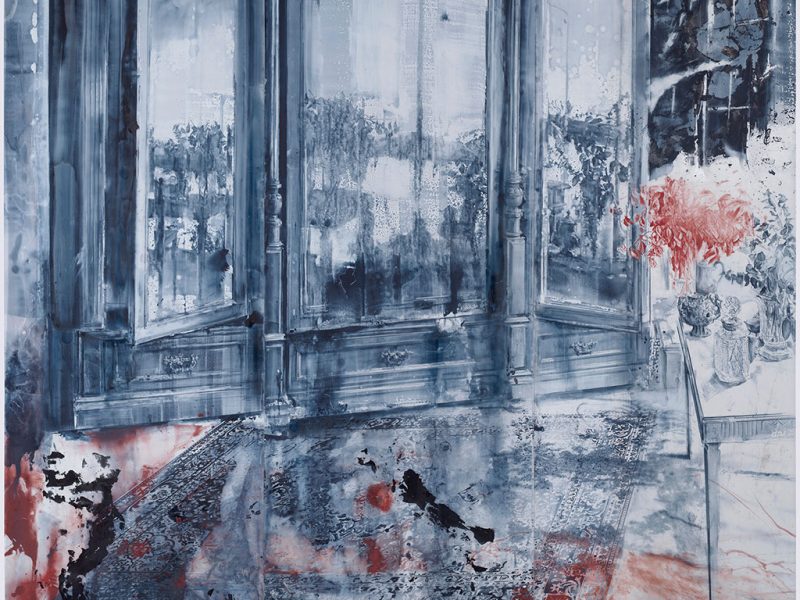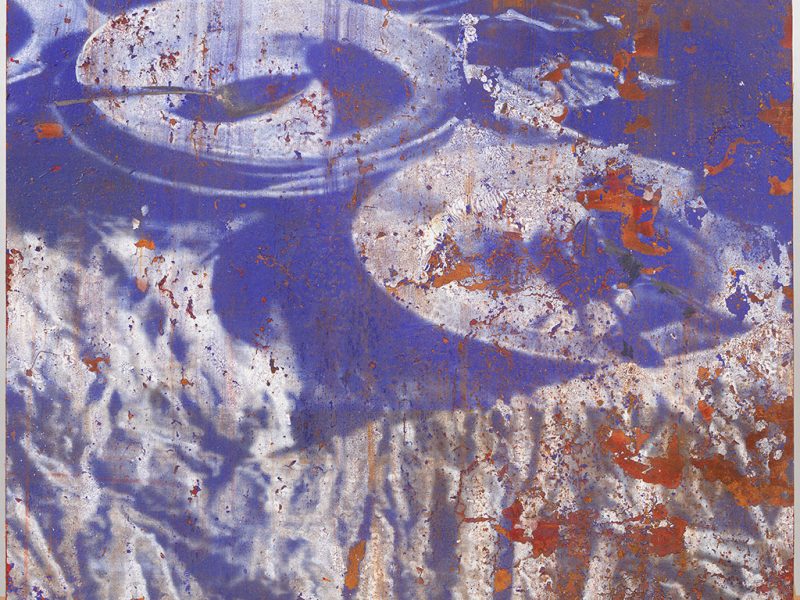Info
- Work done between 2008 and 2010.
- Dried paint, resin, fiberglass and resin.
- Núria Pla Photography
In 2005
Having spent a long time drawing and painting specific spaces, I began to question the need for representation.
Bombarded by images on all fronts I needed to find formulas that would escape traditional ways of looking at nature as a model, to convert it into more of a territory for experimentation.
I began to alter how I represented space and the objects themselves, by abstracting and isolating them. At this time I painted “La noche de los animales eléctricos” (in the Copisa Collection). A composition in which a collection of bits of furniture and technological objects appear in an indeterminate space, bathed in an electric light that seems to pulsate with symbols and letters.
I had intervened in the placing of some of the objects in this installation, with the aim of giving the composition a unity, breaking the unwritten rule, of not transforming nature in order not to break the magic of reality, which up until then I had always respected.
Before, many of my friends had insisted that it would be worth showing the installations that I created in the studio and used as my model to paint, though up until then I had never decided to do so. ln the meantime, while working on compositions with different materials I discovered a peculiar way of working with paint, to create a lustrous and surprising patina. I decided that if this form of painting could be used in two dimensions it could be applied to three and would become in the process a painting that was independent of its support.
I began to experiment, with the aim of creating objects that would have a fragile and brittle quality, that would distance them from the polish and solidity of bronze sculptures, but that would be enable them to be freestanding.
I spent months working away in my little studio, throwing out every week enormous bags of rubbish stuffed with failed experiments. After six months of nothing but failures I reckoned I had found the solution: a lustrous material with a polished finish that was reminiscent of antique gilding and with which one could construct an installation that this time really could be exhibited.
The End Of Appearances
The installation “El final de las apariencias” is a group of nine sculptures, life-size pieces of furniture and household objects that are combined into a unique composition.
All the elements are laid out to form a stage, although they can also be grouped differently to create new dialogues between them or separated into two or more groups.
The group are not conceived as merely a stage set, more as authentic freestanding sculptures that can be contemplated from all angles, the observer being able to wander amongst them.
The collection of elements is completed with the walls of letters, large expanses up to 2.80 m. high, that form solid walls but ones full of cracks, out of which oozes a shiny black substance.
The presence of these expanses of letters gives the ensemble an incredible density, so they have been designed not to cover all of the walls only part of them.
Each one of the pieces acts as a container, a seemingly precious container, but one that in turn presents numerous aberrations and irregularities, cracks and emsions, out of which surges an unctuous black material that threatens the apparent solidity of the geometric structure.
A vague sensation of timelessness hovers around this group of objects, the mix of many different styles preventing us from locating them in any specific time.
The play of contrasts between the brilliance of the gold and the darkness of the tar that destroys them, between the geometric rigidity of the forms and the fluid lumpiness of the dark matter, between the presence of the everyday and the evocation of the transcendental, confabulate to evoke the paradox of time.
One could say that the underlying tension of all these qualities is directed at showing, from a contemporary perspective, the experience of time, This fascination with trapping time, the atavistic ambition of everything that approaches the study of form, hovers once more over the group, confronting the contemporary angst about time. This notion, the fear of time, comes in the end as a revelation, as the container of all the anxieties and mental processes, the synthesis of an enigma that we can neither transmit nor silence.
